Macro lenses: how to choose one, and how to use it
Magnification, minimum focus and more explained
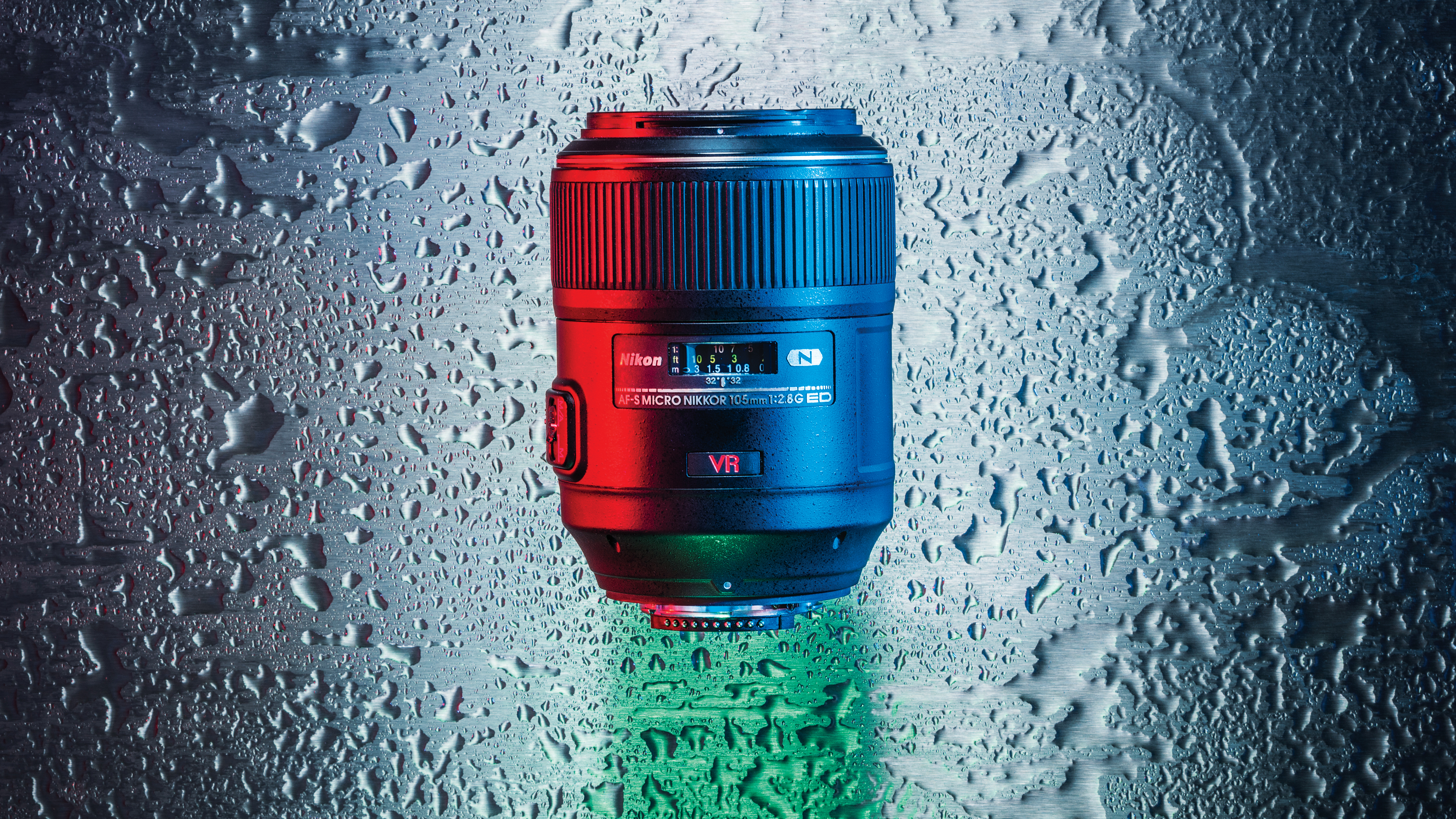
The word ‘macro’ has become synonymous with close-up photography. Most compact cameras having a macro shooting mode, and a large number of zoom lenses feature the word ‘macro’ in their title.
Typically, these lenses can reproduce small objects at up to 0.5x life size on a camera’s imaging sensor. In most cases, dedicated macro prime lenses go further still, enabling full 1.0x or 1:1 magnification at their closest focusing distances.
That might not sound particularly impressive, but bear in mind that an APS-C format image sensor is only about the size of a standard postage stamp. You’re therefore filling the entire image frame with something very small and, once the captured image is displayed on a screen or printed on paper, the degree of enlargement is enormous – a macro lens can reveal almost microscopic levels of detail, and make tiny bugs look like giant alien invaders.
The key question is: what makes a ‘good’ macro lens? Let’s take a look at the specifications and features that are important to consider.
How to choose the right lens
Most standard zoom lenses give a maximum magnification factor of about 0.3x. Zoom lenses, and even some prime lenses with a ‘macro’ badge, give a greater magnification of around 0.5x. But if you’re buying a lens for close-up photography, a macro prime that gives a full 1.0x magnification is the best choice. Taking things to the extreme, the Canon MP-E 65mm f/2.8 delivers a monstrous 5.0x maximum magnification, but it’s notoriously difficult and fiddly to use, and generally best avoided.
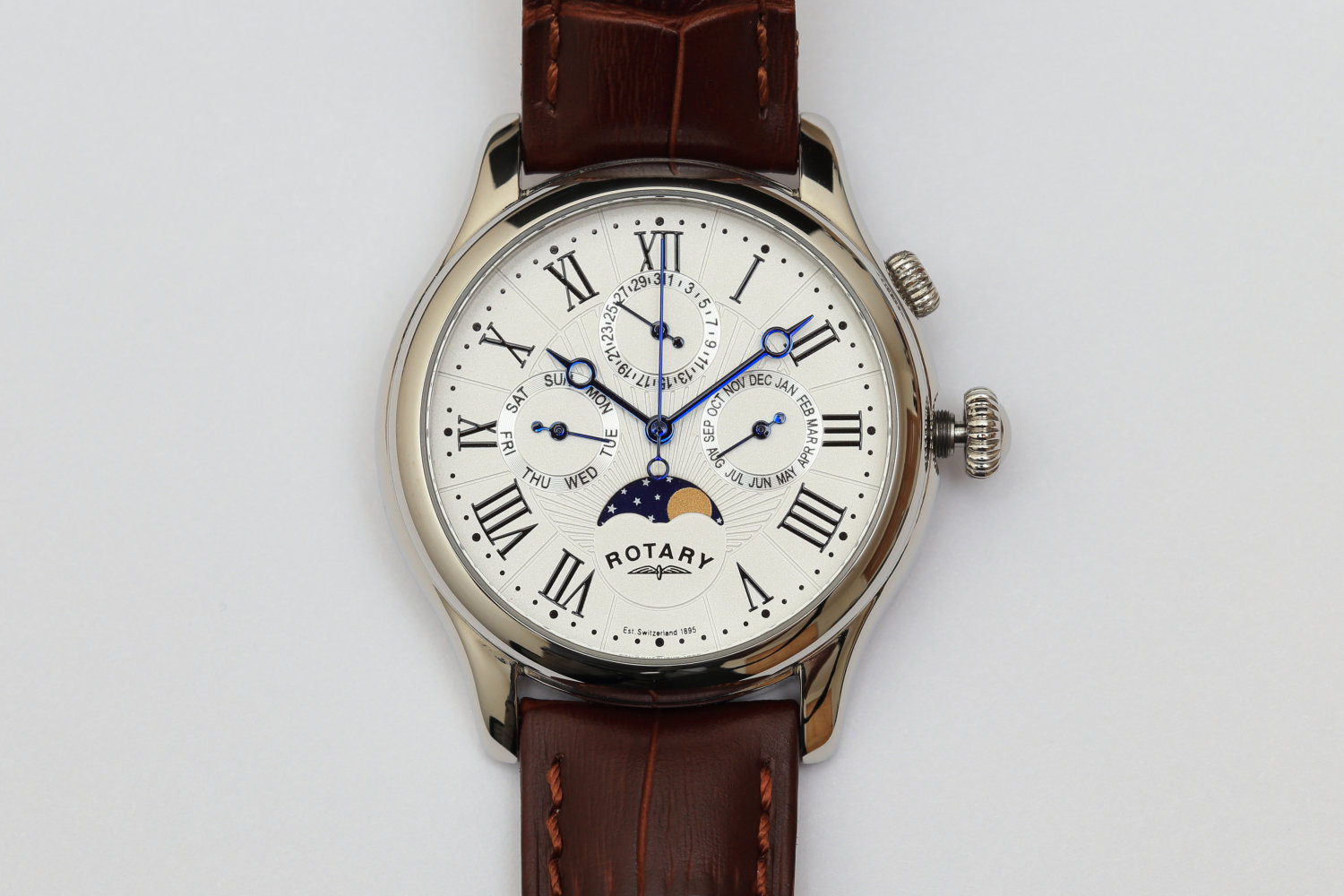
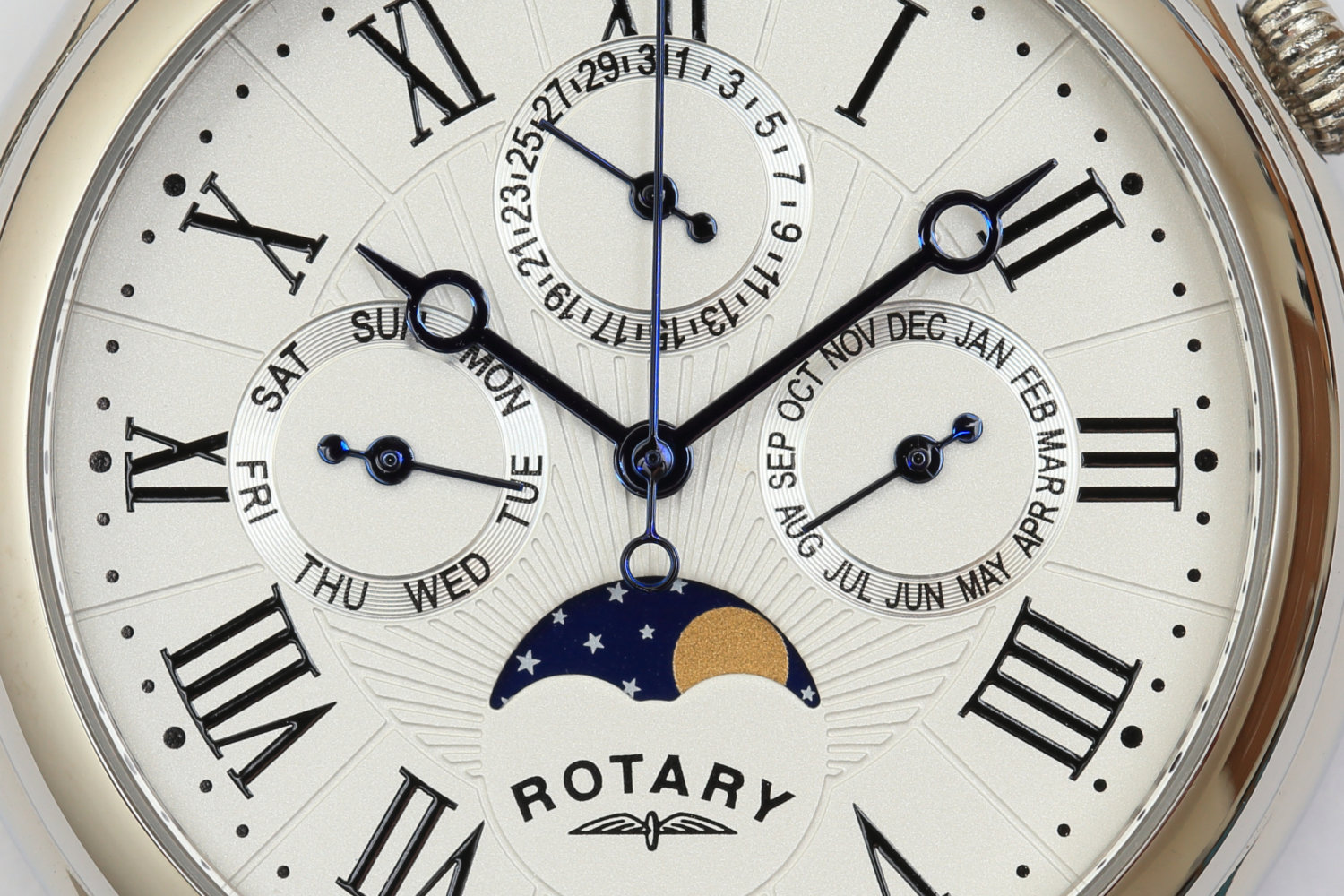

As we’ve mentioned, a 1.0x magnification factor reproduces an object at full life size on a camera’s sensor. There’s a bonus if you’re using an APS-C format camera with a 1.5x or 1.6x crop factor, as you’ll fill more of the image frame with smaller objects, giving greater ‘effective’ magnification. It’s a similar effect to the way that crop-sensor cameras boost the effective telephoto reach of a lens.
There are several macro prime lenses on the market that are designed exclusively for APS-C format cameras. However, you’re often better off buying a full-frame compatible macro lens. They’re generally not much larger, heavier or more expensive, and you’ll avoid any heartache if you upgrade to a full-frame camera body in the future.
Sign up for breaking news, reviews, opinion, top tech deals, and more.
Focal length
A crucial consideration when choosing a macro lens is the focal length. Unlike when buying regular lenses, it’s not really about wide-angle coverage or telephoto reach. Instead, it’s all about the minimum focusing distance. Macro lenses with a longer focal length have a correspondingly longer minimum focusing distance, putting more working space between you and what you’re shooting when you need to maximize magnification.
For example, the Nikon AF-S DX 40mm f/2.8G Micro lens (Nikon uses ‘Micro’ instead of macro in its lens classifications) has a minimum focusing distance of 16cm. That might sound reasonable, but the focusing distance is always measured from the ‘focal plane’ of the camera, corresponding to the active surface of the image sensor. This is towards the rear of the camera body and, once you take into account the depth of the body and the length of the lens, the front of the Nikon 40mm lens extends to a mere 3.5cm from the subject. That’s less than 1.5 inches, and uncomfortably close for many types of macro photography, especially if you’re trying to shoot bugs and other small wildlife.
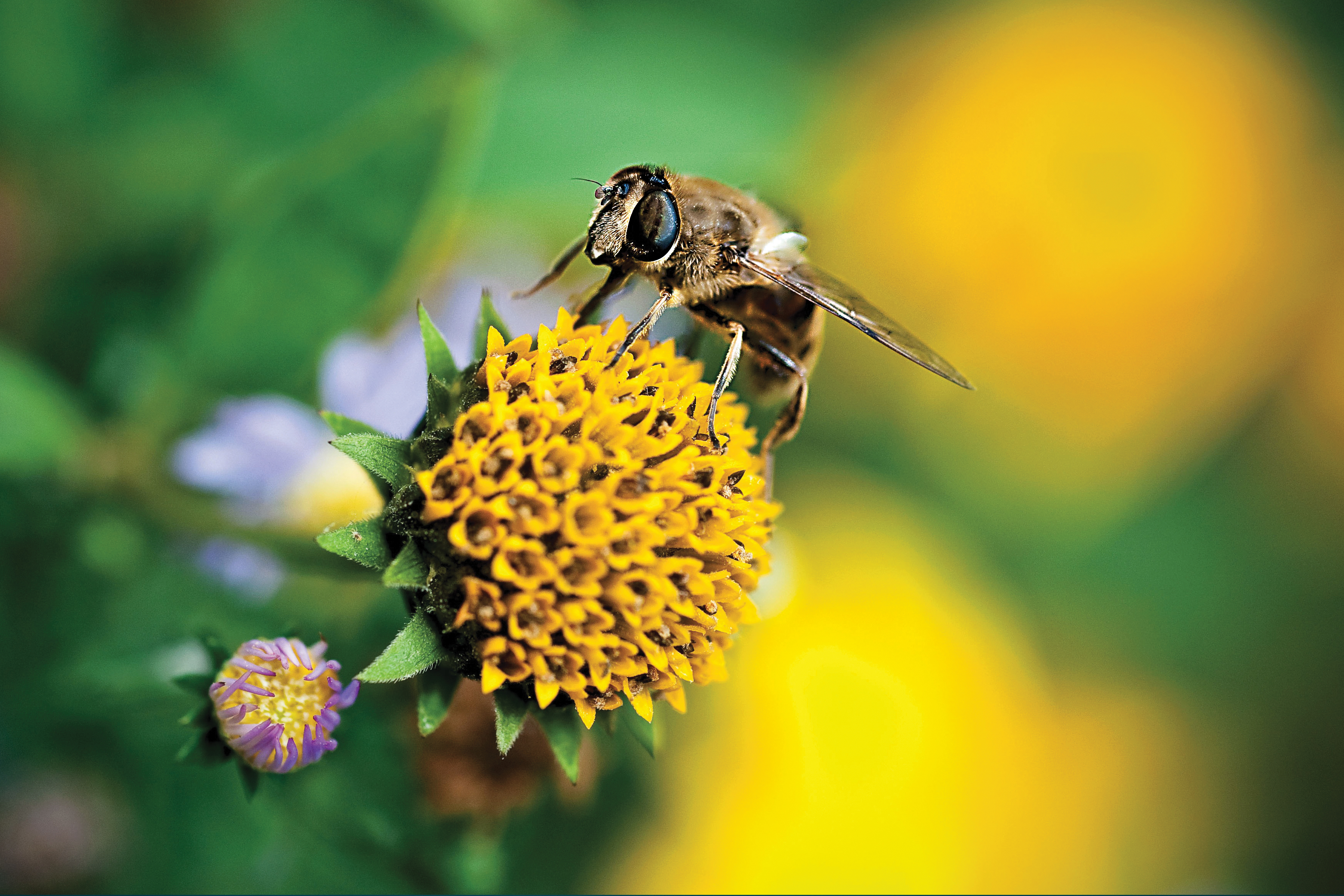
Even for inanimate objects, the closeness of the lens will often cast a shadow over what you’re shooting, blocking out ambient light. At the other end of the scale, 150mm and 180mm macro prime lenses have minimum focus distances of around 38cm and 47cm respectively, giving you plenty of breathing space, but they tend to be expensive.
All things considered, macro lenses with a focal length of between 90mm and 105mm are the most popular
All things considered, macro lenses with a focal length of between 90mm and 105mm are most popular. They’re a manageable size and weight, affordable to buy, and have a convenient minimum focus distance of around 30cm.
The distance between the front of the lens and the subject will typically be around 14cm, which feels very natural for close-up shooting. To maintain this, most current macro lenses have internal focusing mechanisms, so that the front element of the lens neither rotates nor extends, and doesn’t encroach on the subject at short focus settings.
Autofocus is an important factor for most photographers these days. Given that macro prime lenses also work well for portraiture and general short telephoto shooting, a fast, accurate and quiet autofocus system is good to have.
For extreme close-ups, however, you’re more likely to focus manually, due to the tiny depth of field (which we’ll come to in the next section). A smoothly operating manual focus ring with plenty of rotational travel helps to enable very precise adjustments. It’s a major bonus in a macro lens. The optical quality at very narrow apertures is also important, as you’re likely to have to use narrow apertures to gain even a little depth of field.
Image stabilization
Increasingly, macro prime lenses nowadays feature image stabilization. Some, like the Canon EF 100mm f/2.8L Macro IS USM and the latest edition of the Tamron SP 90mm f/2.8 Di VC USD Macro, have ‘hybrid’ stabilizers. These are more effective for close-up shooting, as they correct for vertical/horizontal shift in the camera as well as the more usual vibration or ‘wobble’ associated with handheld photography. But while stabilization is nice to have for general and moderately close-up shooting, it’s of negligible benefit for extreme close-ups.
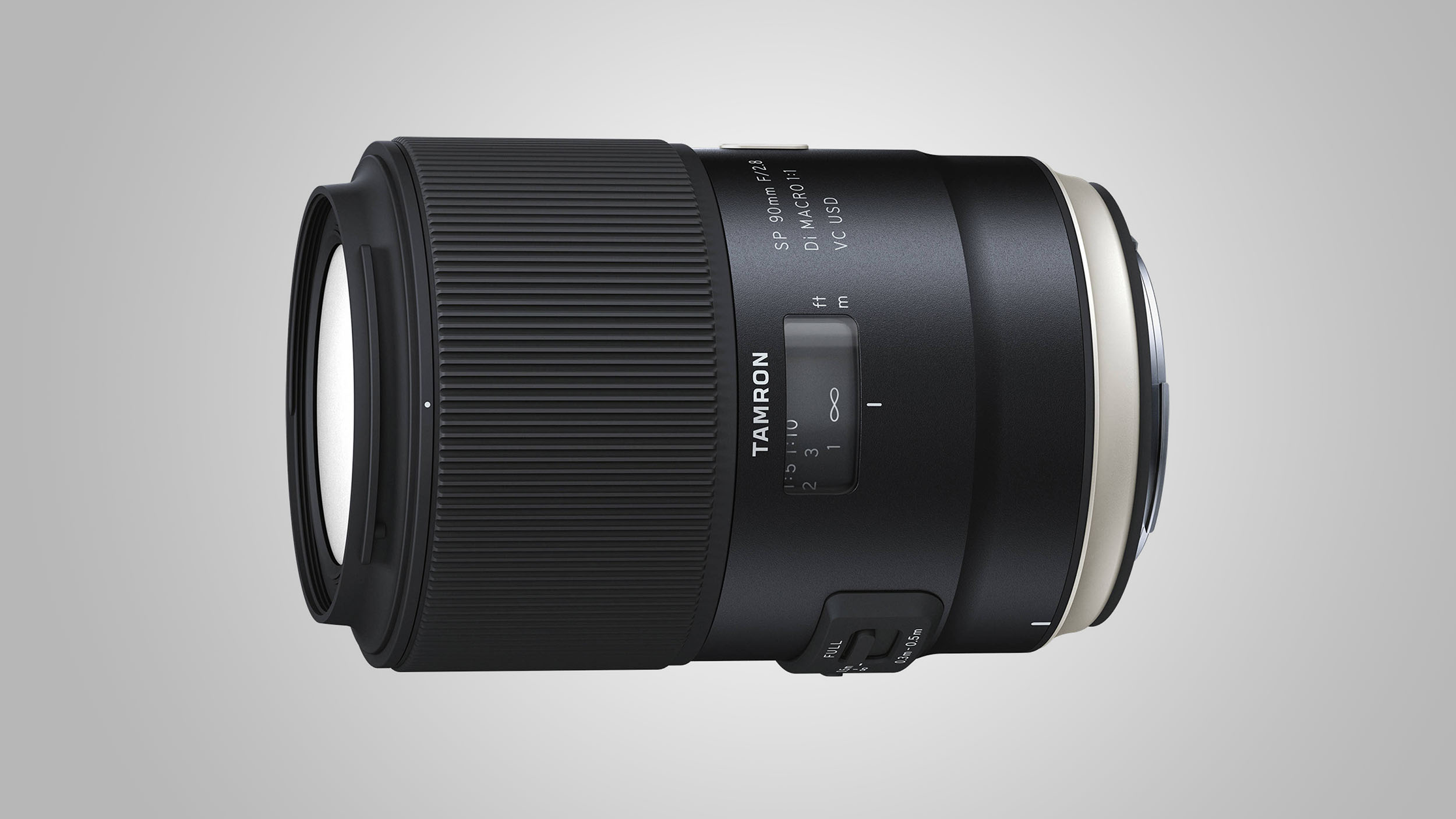
Overall then, we’d recommend a macro lens with a 90mm to 105mm focal length, a fairly fast f/2.8 aperture rating, good autofocus and manual focus facilities, plus effective image stabilization if your camera doesn’t have built-in, sensor-shift stabilization.
The autofocus, fast aperture and stabilizer are more for portraiture and general short-telephoto shooting than for macro photography, but it’s always nice for a lens to have multitasking capabilities.